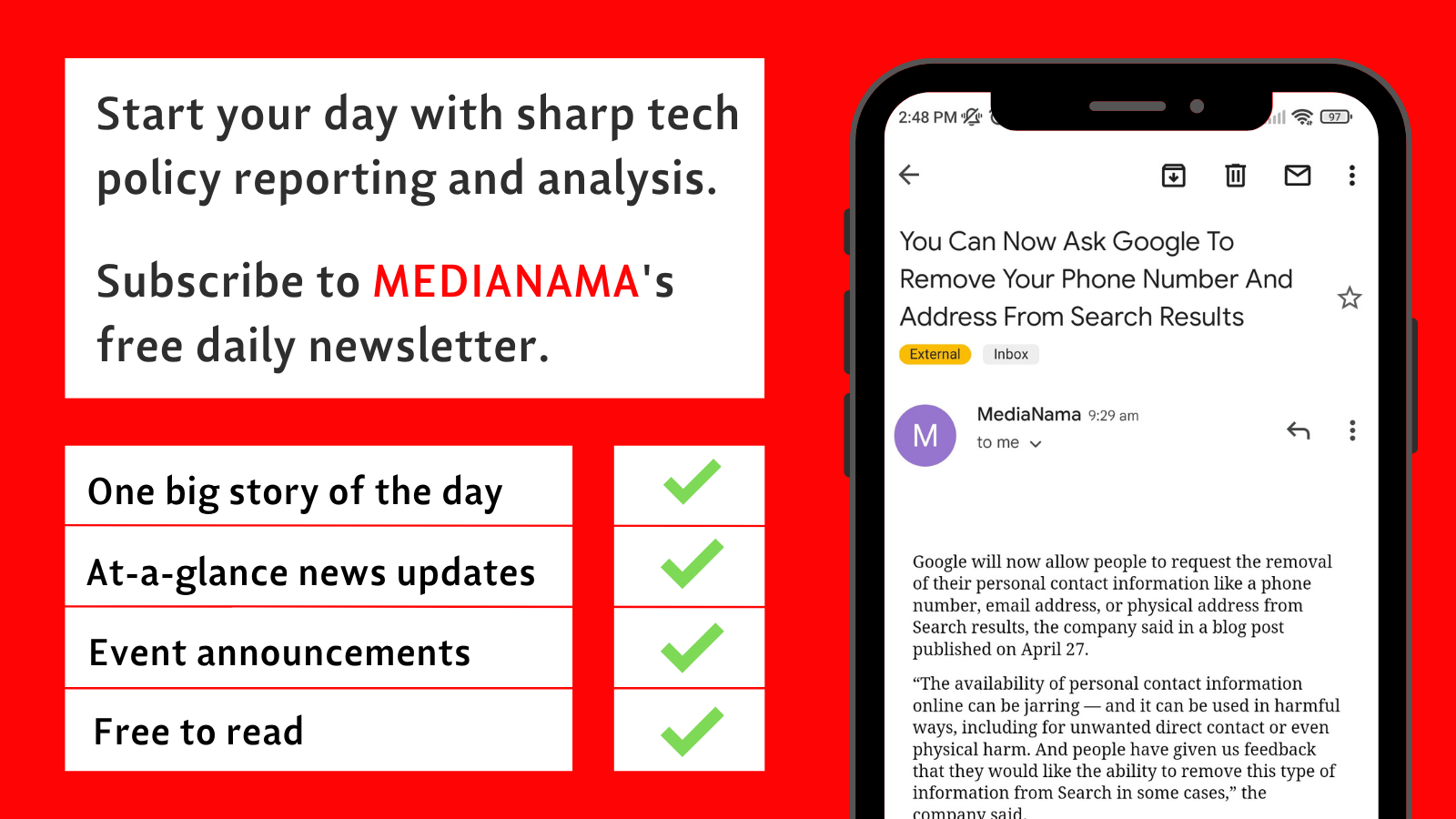Not long ago, the buy-now-pay-later sector was positioned to challenge the monopoly of credit cards. Now it is in the news on the back of Reserve Bank regulations that have sent led some operators to consider revisiting their business strategies. One of the purposes of the RBI’s regulations is to increase the transparency of these products for the end-user. And one of the biggest issues with the BNPL sector’s transparency is the various costs hidden in their terms and conditions.
By analysing the lending policies of some of India’s most popular BNPL companies and using the products first-hand, researchers at Chennai-based think tank Dvara Research have come up with a study titled, “The costs of using Buy Now, Pay Later (BNPL) products: Understanding the different kinds of costs Indian customers can incur in using BNPL products”. The paper aims to calculate the hidden costs incurred by an average BNPL user in the country. It also compares BNPL services with formal credit services to note how the new sector fares against the established guard.
Never miss out on important developments in tech policy, whether in India or across the world. Sign up for our morning newsletter, with a “Free Read of the Day”, to experience MediaNama in a whole new way.
How does a BNPL transaction work? “A bank or NBFC (financier) finances a customer’s purchase at the point of sale. The customer is expected to repay the amount to the financier according to a set of terms and conditions, including the interest and other charges customers must pay before and after defaulting on their repayment,” the report summarises.
The interactions between banks, merchants and end-users are intermediated by third-party lending service providers (LSPs), usually through apps, websites, or virtual or even physical cards. These LSPs are the entities that help users access BNPL products. Sometimes, they can finance a BNPL transaction by settling payments with merchants.
Verification process: All the BNPL providers surveyed by the researchers queried the credit bureau (agencies that make credit reports) for credit information on a user before sanctioning the credit limit. Providers used customers’ PAN cards along with other information like their mobile numbers, to retrieve their credit reports. Some providers requested additional personal and financial information to make a credit decision.
The findings in this report put the spotlight on two key aspects of the BNPL market:
- Monetary costs that customers may incur when they use BNPL products.
- Conduct-related concerns that BNPL customers may face and the ensuing non-monetary costs that they may incur.
The findings suggest that BNPL users incur monetary costs comparable to costs of using credit cards and are susceptible to adverse risks emerging from gaps in consumer protection.
Costs to customers
The paper classifies the costs customers incur into pre-default and post-default costs.
Pre-default costs include interest costs, processing fees, autopay fees, carry forward interest, joining fees and card-related charges. The annual cost (APR) on the surveyed BNPL products varied between 0 to 36%, processing fees ranged from 0 to 15% of the sanctioned amount and other charges could be anywhere between Rs 0 and Rs 500.
Post-default costs include late fees varied with the outstanding amount and were usually between Rs 0 to Rs 2,000 depending on the amount. However, for some providers, like Unicard, the fees went as high as Rs 3,000 for dues between Rs 200,000 to Rs 1,000,000. Users may also incur flat fees varying between Rs 0 – 350.
The paper notes that the schedule of late fee charges varied among providers but can be broadly classified into two categories:
- Late fees are charged as a fixed percentage of the amount outstanding. BNPL providers, Kissht and LazyPay follow this approach.
- Flat fees are charged according to the number of outstanding buckets. Providers like Ola Money PostPaid, PayTM PostPaid, Amazon PayLater, Slice, Simpl and Unicard follow this approach. Unicard charged up to INR 3,000 (including taxes) when dues were between Rs 200,000 – 1,000,000.
The researchers are unclear on whether the annual costs charged by BNPL providers are inclusive of all charges. “The pricing policies of BNPL providers and credit card providers were similar, but the quantum of interest and other charges were much higher for credit cards,” the paper mentions, adding, “If not inclusive, the monetary costs of BNPL products may be closer to that of credit cards”.
Terms are misaligned with customer protection rules
One of the main conclusions in the report is that the terms, conditions and key facts statements omitted important details about the BNPL product like the charges customers can end up bearing. Detailed below are the ways service providers obfuscate costs.
- Financiers retained the right to reject applications unilaterally without giving reasons for rejection.
- Some providers explicitly hold customers responsible for assessing the suitability of the credit being offered. Other providers are silent about who is responsible to assess suitability.
- Some providers’ policies had potentially unlawful provisions – like a waiver of customer safeguards under usury laws and other laws relating to charging of interest.
- Credit reporting practices are rarely disclosed to customers. Providers also do not disclose how using BNPL products can affect customers’ credit scores.
- Providers’ conditions have broad and ambiguous clauses relating to personal data use, giving providers leeway for using personal data for broad purposes.
- Some providers mentioned the possibility of charging undisclosed, non-refundable processing fees for user applications.
Compared to credit cards, the researchers found the onboarding process for BNPL services to be smoother and fully digital. However, unlike a bank, the BNPL service provider’s policy omitted important information about the product (like its costs). These details were only available on the providers’ websites.
Easier onboarding but credit inclusivity is shaky
Compared to formal credit, BNPL products are easier to come on board. The entire onboarding process, including KYC, for all BNPL providers studied, was completely digital.
The researchers’ experience using the BNPL service required only a few steps. For all the BNPL providers, except Amazon Pay Later, it began with verifying the customers’ mobile number through a one-time password (OTP). This was followed by KYC verification usually through PAN cards. Certain companies also provided Aadhaar as a KYC option.
Easier onboarding means more inclusivity. Credit inclusion is a major factor in why BNPL gained popularity. People thought it would be more affordable and accessible than formal credit but this promise appears to be weakened by two major factors.
- Possibly higher delinquency rates among BNPL customers could in turn increase credit costs for providers and interest costs for future customers.
- The practices of some BNPL providers may be misaligned with the Payments and Settlement Act. The researchers note that this conclusion is still hypothetical and is based on an externally commissioned analysis.
- The costs merchants incur in providing BNPL payment options may also affect the credit inclusion promise. Reports from global BNPL market studies suggest that the fee merchants pay BNPL providers is often twice or thrice the amount merchants pay as Merchant Discount Rate (MDR) on credit or debit card transactions.
- There is uncertainty about whether BNPL providers report transactions to credit bureaus. This is because BNPL providers do not categorise their products as a loan as they do not charge interest until the customer defaults. “This conflicts with the Credit Information Companies Act, 2005, which requires any entity that provides credit to report users’ repayments to credit bureaus,” the report notes.
- An increase in costs to users due to changes in BNPL provider business models and merchants’ pricing arrangements. Other factors that can make BNPL products and credit less accessible are:
- Unexplained rejection of applications
- Inconsistent reporting of repayments to credit bureaus.
What has the RBI been up to in the BNPL space?
On June 20, the Reserve Bank of India announced that non-banks issuing prepaid payment instruments (PPIs) like wallets and prepaid cards cannot offer end-users a credit line on these instruments.
The Dvara Research group notes that BNPL providers may have to fine-tune their practices to align with the Directions. They believe that these changes could broadly include:
- Prohibition of mis-selling of BNPL products by providing incorrect or incomplete information.
- Limitations on the entities that can undertake BNPL lending based on capital requirements.
- Limitations on credit sanctioned to users.
- Board-approved policies for issuing and reviewing issuing of BNPL credit.
- Prescriptions regarding the design of KFS and other disclosures.
- Activation of BNPL credit only based on customers’ consent.
- Thorough underwriting standards that BNPL providers must follow before creating BNPL accounts.
- Disclosure of interest rates and repayment amounts.
- Standardised credit reporting practices.
These instructions greatly affected BNPL players like Slice and UniCard who let out credit lines on physical and digital cards. The regulatory bank has already imposed a monetary penalty of Rs 1.67 crores on Ola Financial Services, the financial arm of cab aggregator firm Ola, for non-compliance with PPI and Know Your Customer (KYC) guidelines.
Meanwhile, Slice has already changed its business model to extend short-term credit instead of extending a line. Other companies, too, are considering similar strategy flips.
The RBI has also said that it is looking to implement further regulations on the BNPL sector in line with the intent expressed in its ‘Payments Vision 2025‘ document.
This post is released under a CC-BY-SA 4.0 license. Please feel free to republish on your site, with attribution and a link. Adaptation and rewriting, though allowed, should be true to the original.
Read also:
































